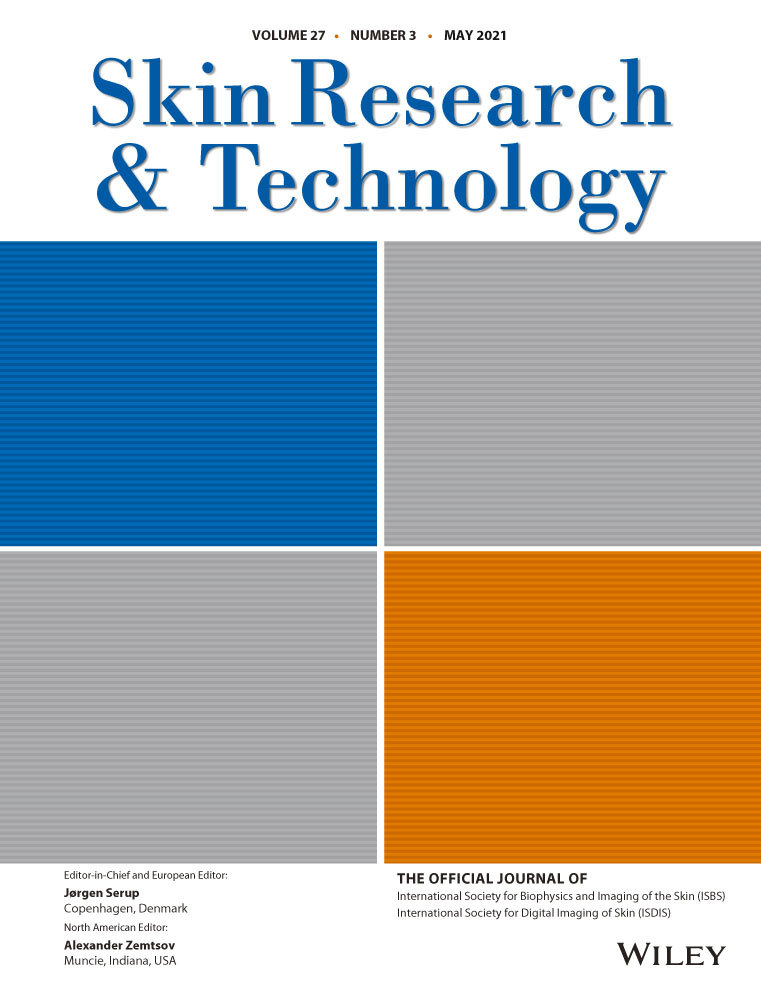The effect of dual-frequency ultrasound waves on B16F10 melanoma cells: Sonodynamic therapy using nanoliposomes containing methylene blue
Abstract
Background
We investigated the effect of dual-frequency sonication on the viability of B16F10 melanoma cells in the presence of methylene blue (MB) encapsulated in nanoliposomes.
Methods
Treatment protocols were studied: sonication groups (40 kHz, 1 MHz and dual-frequency), the same sonication groups with nanoliposomes containing MB, MB free and nanoliposomes containing MB groups, and so sham and control groups. The nanoliposomes were prepared by the lipid film hydration method. The cell viability of the different treatment groups was evaluated by the MTT assay.
Results
The dual-frequency protocols caused higher viability losses compared to the kHz and MHz sonications (P < .05). In presence of the nanoliposomes containing MB, dual frequency led to 6% and 3% viability for 600 and 1200 seconds, respectively, while the corresponding values were 10% and 4% for the 40 kHz protocols and 22% and 9% for the 1 MHz, as compared to the control group (100%). The result of KI dosimetry showed that the cavitation activity of the dual-frequency protocol was about 1.23, as compared to sonication at 40 kHz and 1 MHz.
Conclusion
Enhancement of inertial cavitation induction by dual-frequency sonication may be the primary effective mechanism, which causes increased sonochemical processes and drug release from nanocarriers.
CONFLICT OF INTERESTS
None.




